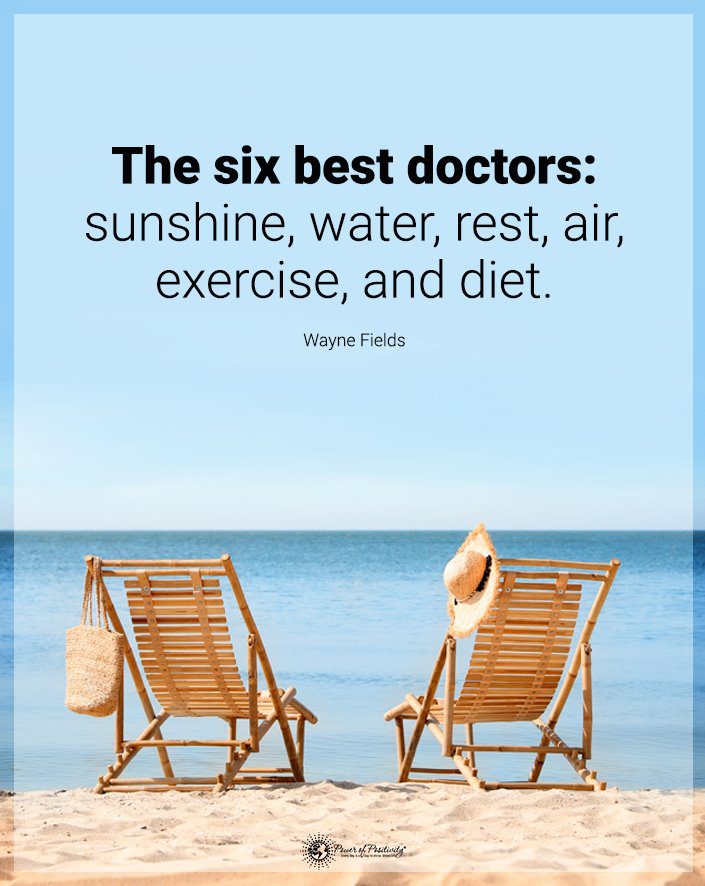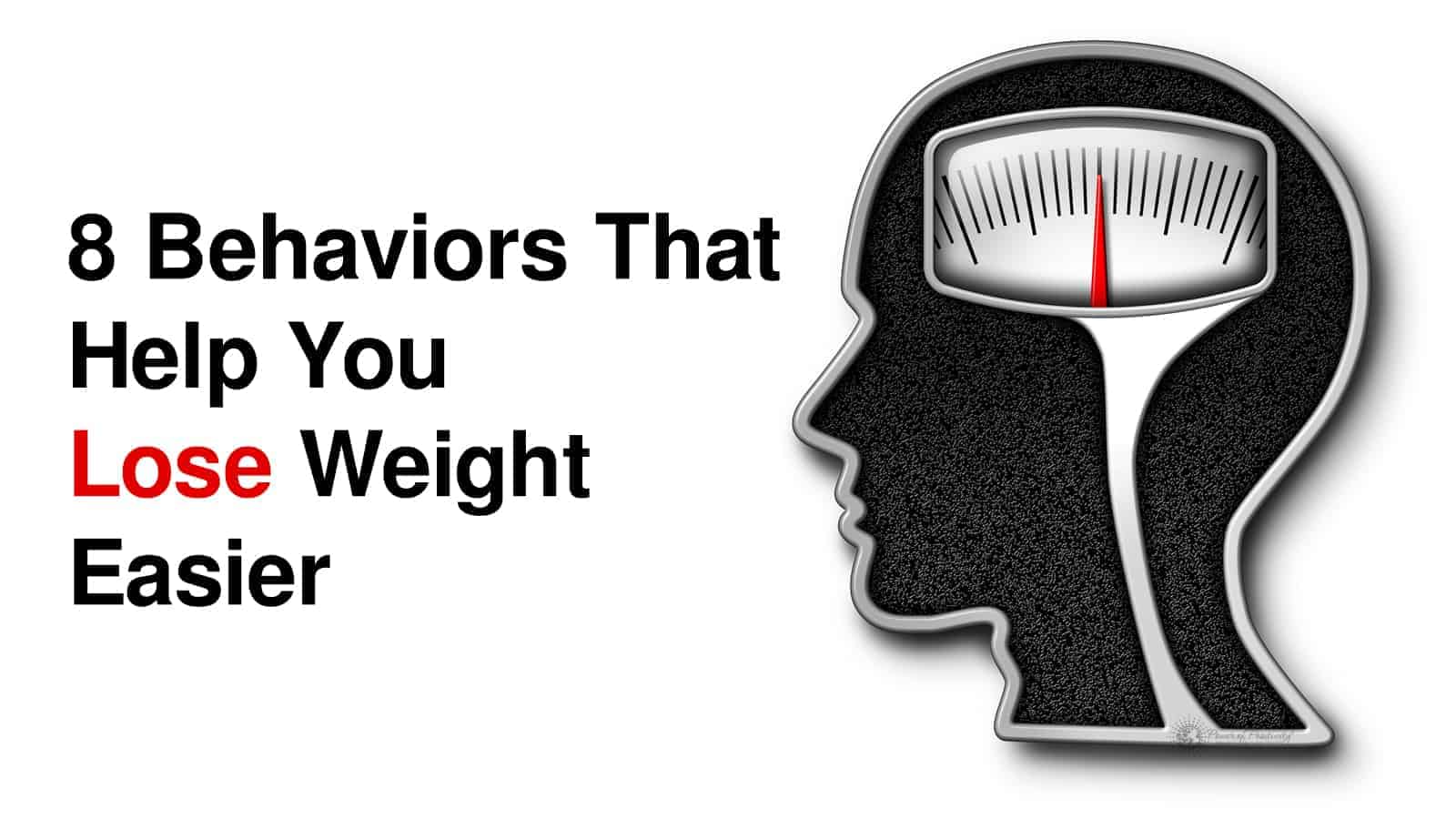Losing weight is one of the most challenging things for someone to do. Even well-intentioned and driven people will frequently quit an exercise or nutrition program within a couple of months. Why? Because it can be hard. Really hard. Ask anyone that has lost a significant amount of weight just how difficult it was. Odds are they were faced with obstacle after obstacle, setback after setback, losing a bit of poundage only to put it back on again.
Then there’s this. It is not only losing unwanted pounds but keeping them off. Most of us cannot afford a physical trainer or nutritionist. Most of us must rely on ourselves to navigate this arduous path. But here’s the thing. We tend to overcomplicate the methodology (i.e., “the science) behind losing weight. Sans for someone with a type of metabolic disorder or a genetic predisposition towards obesity, most of us have subconsciously programmed ourselves to interpret the difficulties of losing weight as impossibilities. It’s not impossible if you know what you’re doing.
To this end, we’ve constructed eight simple, scientifically-validated methods of losing weight. You’ll see that none of these methods require anything beyond a bit of willpower, discipline, and knowledge.
8 Behaviors That Promote Your Weight Loss Efforts
Here are eight behaviors, attitudes, and practices that will help you lose those unwanted pounds easier:

1. Understand that 30 minutes is plenty
It’s a misguided perception that weight loss requires long workout sessions. Scientists at the University of Copenhagen cite that “no statistically significant changes were found in energy intake or non-exercise physical activity that could explain the different (results) associated with 30 vs. 60 minutes of daily aerobic exercise.”
It gets better. The same study discovered that a half-hour exercise results in 25 percent more weight loss than a full hour.
2. Learn the basics of nutrition and read those labels
Various studies demonstrate that people who understand the elements of nutrition (e.g., fats, carbohydrates, sodium) are more likely to lose weight. Understanding recommended nutrition levels such as Recommended Daily Intake (RDI) equips people with the requisite knowledge to interpret nutrition labels confidently.
Together, a basic knowledge of nutrition and a developed habit of reading food labels before purchasing food items can go a long way in propelling someone forward in meeting their weight loss goals.
3. Keep chugging that H2O
The correlation between lots of water and expedited weight loss is valid – and is so for a variety of reasons. First, drinking water increases the sense of satiety (i.e., “fullness”). Second, natural water contains zero calories – and, since consumption induces satiety – one consumes fewer calories. Naturally, this results in weight loss. Third, folks that develop a preference for water commonly replace other sugar- and calorie-laden beverages (e.g., beer, soda).
Bottom line: drinking plenty of water can stimulate weight loss.
4. “Spice-up” that metabolism
This one is relatively straightforward: spicy food kicks the metabolism into a higher gear. Metabolism is the primary physiological mechanism for converting and “burning” fat.
Aside from the uptick in metabolic rate, spicy foods (similar to water) also help promote feelings of fullness. These two properties can significantly expedite any efforts to lose weight in the cohort.
5. Stock up on high-quality foods
In a study published by Harvard University’s School of Public Health (HSPH), “The strongest evidence shows that calories matter, but focusing on food quality is an equally important part of preventing weight gain and promoting weight loss.”
The HSPH study provides specific examples of such foods, citing unrefined and minimally processed foods. Such foods include vegetables and fruits, healthy fats, healthy protein sources, and whole grains.
6. Don’t “get too comfortable.”
The phrase “don’t get too comfortable, in this case, applies to the level of heat to which we expose our body. Studies demonstrate a correlation between reduced exposure to lower temperatures and increased rates of obesity.
The rationale: when we’re cold, our skeletal muscles must remain active (“shiver”) to create heat. During this period, our bodies are burning excess calories. In contrast, when we’re “warm and cozy,” our muscles remain at rest. The result? We burn fewer calories and store more fat.
7. Don’t eat (heavily) after supper
Despite the myths, you can eat a small bite after supper. Be sure your snack consists of a “light, healthy snack.” Like many other bodily systems, it “winds down” at night, especially when we are asleep. As such, it’s wise to abstain from carb and fat-laden foods before hitting the sack.
Some ideas: 100-calorie snack packs, low-fat yogurt, fruit, or a small serving of popcorn.
8. Plan your meals
“Failing to plan is planning to fail” is certainly applicable here. Do you need to meticulously account for every gram of every ingredient in every meal? No. But, as mentioned, you must possess at least a basic knowledge of food and how the body receives that food.
It’s a good idea to have (at minimum) a basic outline of what kind of food you’ll eat on any given day. For example, eggs for protein in the morning; snack in the mid-morning; chicken and salad at lunch; whole-grain pasta at dinner.
Six Foods to Help You Feel Fuller and Lose Weight
If you want to lose weight, it’s essential to consume foods that keep you satisfied longer. In general, foods high in protein and fiber will help you lose weight because they increase digestion time. The longer it takes you to digest foods, the less hungry you will feel.
Processed foods tend to have high energy content and few nutrients, meaning you need more food to reach satiety. However, whole, fresh foods such as grains, fruits, and vegetables have all the vitamins, minerals, and macronutrients the body requires. Below, we will give you a few ideas of foods you can eat to lose weight and keep hunger pangs at bay.
1. Oatmeal
Many people enjoy eating a bowl of oatmeal for breakfast since it’s fiber-rich and nutritious. You can add fruit such as blueberries or strawberries for additional flavor and calories. Oatmeal contains 140 calories, five grams of protein, and four grams of fiber in a half-cup. It has both soluble and insoluble fiber, improving digestion and adding bulk to stool.
One study found that people who ate oatmeal for breakfast felt more satisfied than those who ate cereal. They also consumed fewer calories at lunchtime because they still felt full from breakfast.
Oatmeal contains a soluble fiber called beta-glucan, which increases satiety hormones and prolongs digestion. If you’re looking to lose weight, eating oatmeal can help you reach your goals while improving gut health.
2. Potatoes
Potatoes have been scorned in the diet industry because they’re high in carbohydrates. However, they also have moderate amounts of fiber and protein, making them optimal foods for weight loss. In addition, they have Vitamin C and potassium, which help the immune system function properly and lower the risk of heart disease.
Boiled potatoes scored a 323 on the Satiety Index, the highest of all 38 foods measured. They scored nearly seven times higher than croissants at a mere 47. If you allow potatoes to cool for a bit after boiling them, they will form a fiber-like carbohydrate called resistant starch that can help you lose weight.
Potatoes also contain a protein called proteinase inhibitor 2 (PI2), which studies have shown can inhibit hunger.
3. Eggs
Eggs have been touted as one of the best foods to encourage weight loss. While the yolks contain most nutrients such as choline and Vitamin D, egg whites have around 4-6 grams of protein. One large egg also contains about 5 grams of healthy fats, which can help you control your appetite since they take longer to digest than carbs and protein.
A study of 50 overweight and obese participants revealed that consuming eggs and buttered toast for breakfast instead of cereal and milk increased fullness levels for 4 hours.
A similar study including 48 healthy adults found that eating eggs and a source of fiber resulted in higher satiety than consuming low-fiber cereal and milk.
4. Greek yogurt
Full-fat Greek yogurt can aid in your goal to lose weight since it contains twice the protein as regular yogurt. It also will improve your gut health due to the high levels of probiotics such as S. thermophilus or Bifidus. These beneficial bacteria can reduce inflammation, gas, and bloating and prevent leptin resistance, which significantly contributes to obesity.
In one 2013 study, women ate a 160-calorie yogurt snack that contained either low, moderate, or high protein content. Those who consumed the high-protein Greek yogurt felt satisfied the longest and less hungry; they also ate dinner later.
If you want to add Greek yogurt to your diet, choose one without added sugar. Also, look for a yogurt that includes “live cultures” on the label, as not all yogurts have added bacteria.
5. Dark, leafy greens
Leafy greens such as kale, spinach, Swiss chard, and collard greens contain tons of fiber to keep you fuller longer. They also have thylakoids, which are structures inside plants that studies have shown can increase satiety and control appetite.
In addition, leafy greens have essential nutrients such as calcium, potassium, Vitamin C, and K, which improve overall health. Finally, their high water content can make you feel less hungry without consuming many calories, helping you lose weight.
If you want to add these healthy foods to your diet, consider cooking them instead of eating them raw. You can consume a greater volume when you cook them, plus they will be easier to digest.
6. Legumes
Legumes like black beans, kidney beans, peas, lentils, and peanuts provide essential nutrients while promoting weight loss. They’re packed with fiber, protein, and resistant starch, making them incredibly filling and beneficial for digestion.
In addition, legumes have B vitamins, iron, copper, magnesium, manganese, zinc, and phosphorous. They’re also low in fat, have almost no saturated fat, and are cholesterol-free.
A one-half cup serving of legumes contains only 115 calories, 20 g of carbohydrate, 7–9 g of fiber, 8 g of protein, and 1 g of fat. Legumes are also low on the glycemic index, ranging between 10 and 40 depending on the type.
One study that reviewed nine randomized trials analyzed satiety from pulses, a member of the legume family. The meta-analysis found that participants who ate pulses felt 31% more full than meals consisting of pasta or bread.

Final Thoughts on the Importance of Sticking With Your Goal to Lose Weight
If you want to lose weight, you will have to maintain a regular workout schedule and healthy eating habits. This victory doesn’t happen overnight and requires immense sacrifices, causing many people to throw in the towel. However, it’s important to remember that slow and steady wins the race. You’re not competing with anyone else, so you don’t have to sprint toward the goal.
As long as you exercise consistently, drink plenty of water, eat in moderation, and get adequate rest, you will lose weight. Here’s to your success!



















